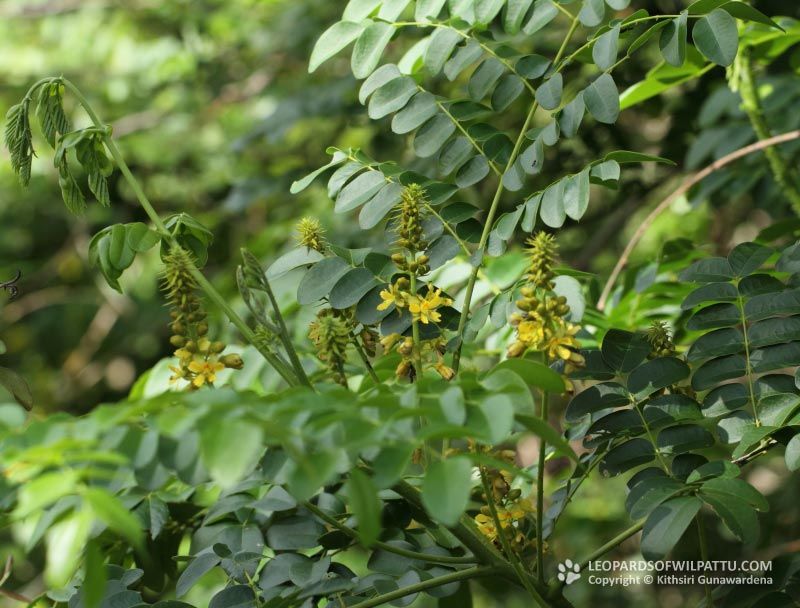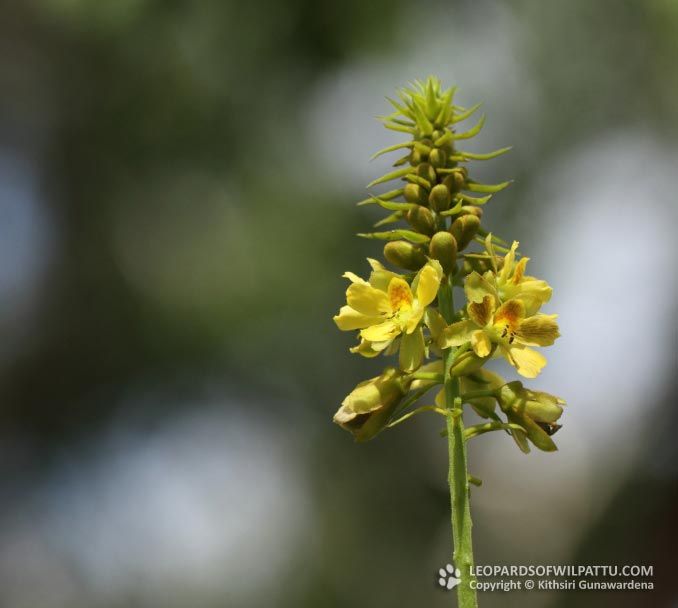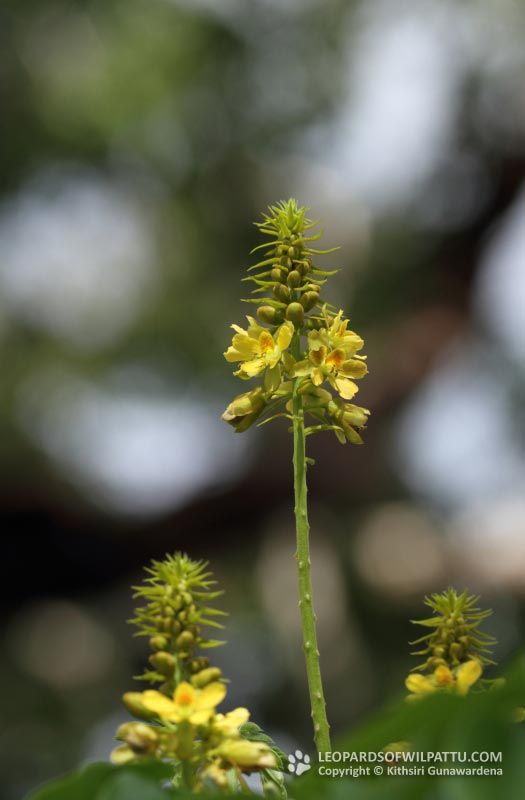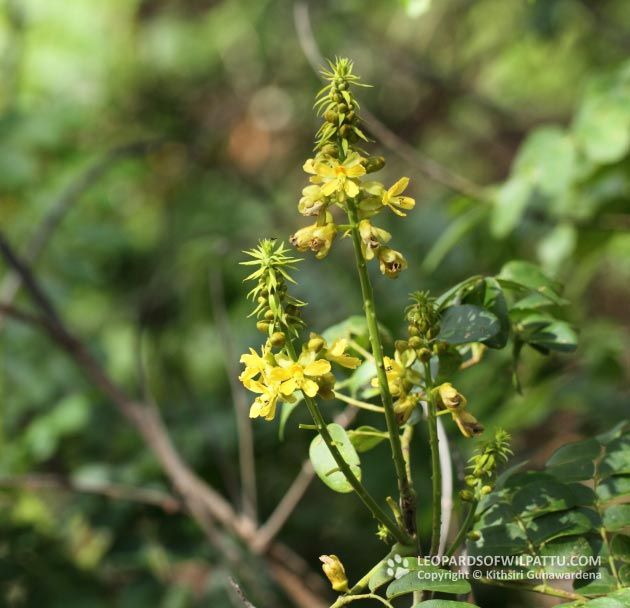
Wild Flowers ‹‹ Go Back
This is an indigenous species that is also native to many countries in Asia, South America, South Africa and Eastern Africa. It is a vine like shrub that scrambles over other vegetation. The stems are covered with curved spines. This species is referred to the Fever Nut due to its antipyretic properties.
The conservation status of this species is regarded as Least Concerned (National Red List 2012).
I remember a nasty habit I practiced on my unsuspecting schoolmates with the seed so this species when I was a child. I had collected a few seeds during one our family trips out of Colombo and learnt that these seeds, when rubbed vigorously on a polished surface like a table, becomes quite warm and retains the heat for some time. I would take one of them to school rub it on a table and press it against an unsuspecting schoolmate while playing during the interval. I would derive quite thrill as it made them jump up and chase after me.
The plant is known to be used in Ayurveda medicine to treat skin diseases, ulcers and leprosy.The seeds contain an alkaloid caesalpinine, bitter principles such as bonducin, saponins and fixed oil. These compounds render the herb its therapeutic properties. It is also known to sooth gastrointestinal problems like, dysentery and diarrhea and arrest hemorrhoids.
In Africa decoctions made of the parts of this pant is used to treat Dysmenorrhoes and Malaria. A hot water extract of the leaves is used to prevent abortion and as a uterine tonic immediately after delivery. In Jamaica the seeds are dried and ground to make a powder for Diabetes and for the treatment of high blood pressure.
This is one of the host plants for two species of butteflies, the three-spot Grass Yellow and the Nawab. The females of these buttflies lay their eggs on the tender leaves of the Yellow Nicker.
In Wilpatuu I have observed this species at Panikkar Villu and photogrphed the flowers in November.




